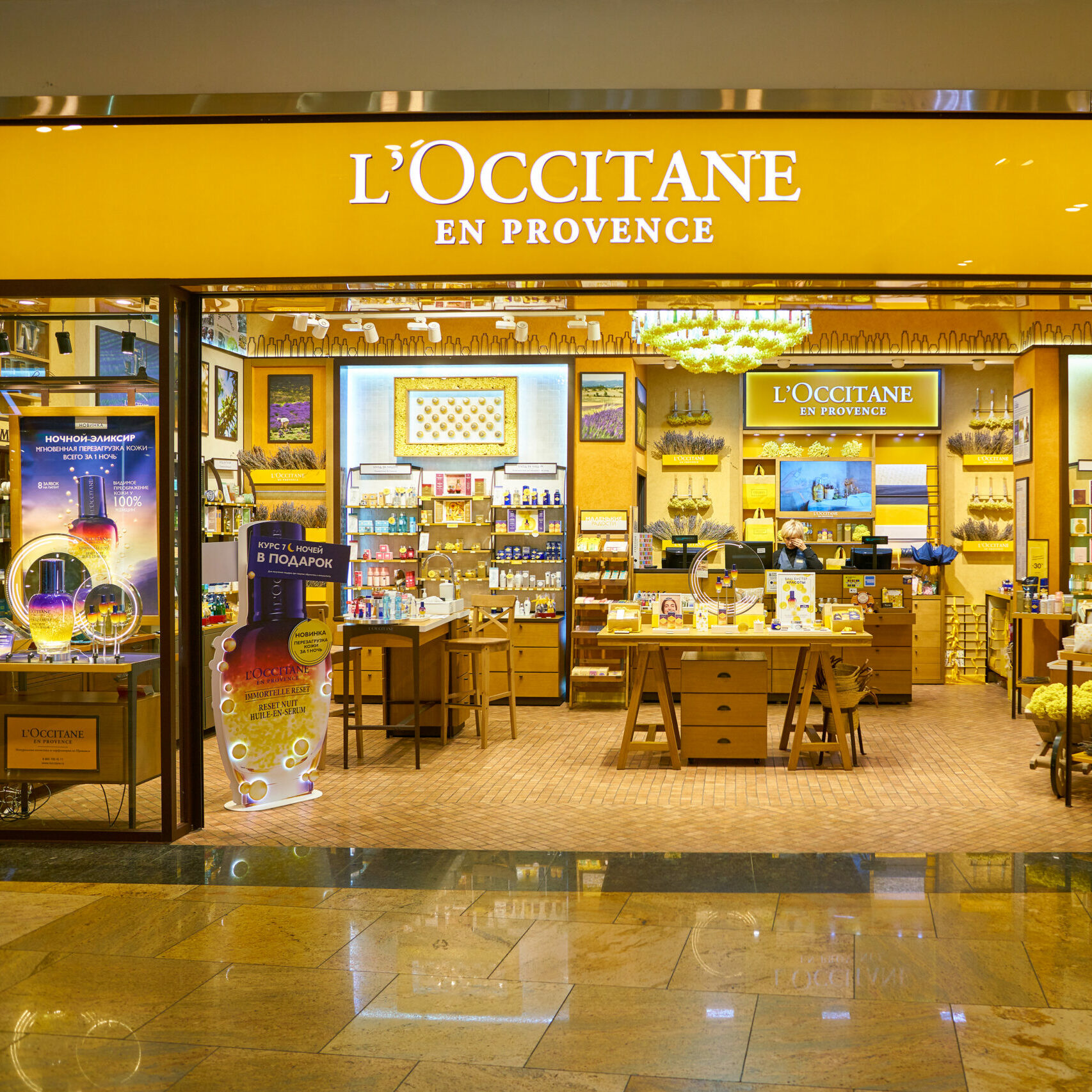The announcement that China will join the reserve currency basket of the International Monetary Fund is only one aspect of a process that could channel up to USD3 trillion (USD4.2 trillion) into the country, according to AllianceBernstein (AB).
While the development is beneficial for China in the long term, the management of such large flows could cause some short- and medium term challenges for Chinese financial authorities.
“Capital flows arising directly from this development will be relatively small in themselves, at around USD40 billion,” says Hayden Briscoe (pictured), AB’s Managing Director – Asia Pacific Fixed Income.
“But it’s a symbolically important development which enhances the prestige of the renminbi as an internationally traded currency. This should help underpin China’s continuing efforts to internationalise the currency and its capital account—moves which, our research suggests, could lead to inflows of up to USD3 trillion over the next few years.
“This represents a significant portfolio rebalancing for global bond and equities investors which will have far-reaching effects on China’s capital markets and economy, as well as financial markets and currencies elsewhere.”
The International Monetary Fund announced in Washington overnight that, from 1 October, 2016, the renminbi would be included in its Special Drawing Rights basket, together with the US dollar, euro, Japanese yen and British pound.
The SDR is an international reserve asset created by the IMF to supplement its member countries’ official reserves. The renminbi will comprise 10.92 per cent of the SDR, placing it third behind the US dollar and euro (41.73 per cent and 30.93 per cent respectively) and ahead of the yen and pound (8.33 per cent and 8.09 per cent).
“A key question for investors in the short term is, ‘How will the country cope with these expected inflows?’” says Briscoe. “We expect that, in part, the response will be for the People’s Bank of China to focus on managing the currency, as a stable exchange rate will be a key factor in maintaining some balance between capital inflows and outflows.”






